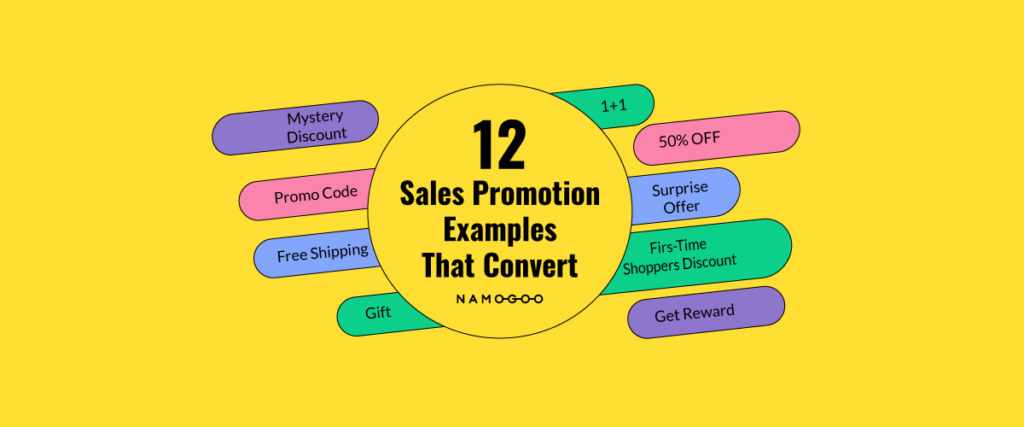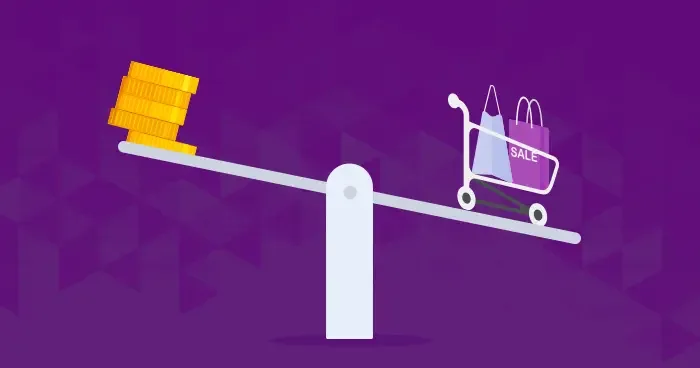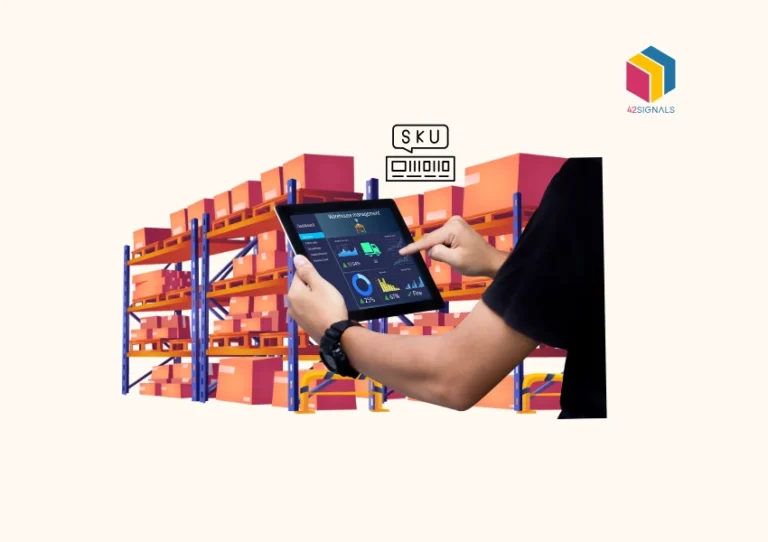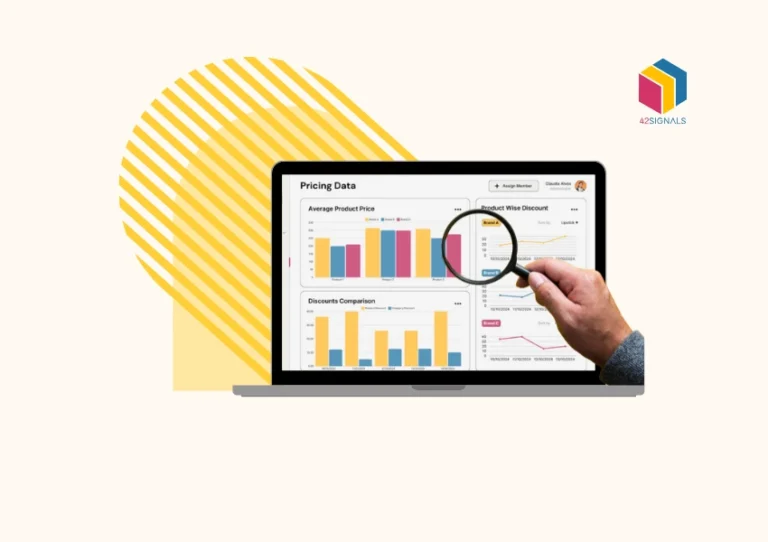What is Product Price Comparison?
To understand product price comparison, let’s look at this statistic first. EIGHTY-TWO PERCENT (82%)- That’s the astonishing number of consumers confessing to habitually comparing prices before clicking “add to cart” in an August 2022 study conducted by Statista.
When competing in today’s hypercompetitive digital arena, attracting and retaining customers demands ingenuity and adaptability. That’s where sophisticated price comparison techniques come in handy, helping businesses distinguish themselves, drive expansion, boost earnings, and cultivate loyalty.
However, grasping how to wield these potent instruments efficiently might leave many retailers puzzled. What separates the frontrunners from the rest in this intense battle of survival depends largely upon implementing tried-and-tested approaches.
Join us as we traverse the nuances of price comparison, shedding light on the secrets to flourishing amidst the ever-shifting terrain of e-commerce.
Importance of Comparing Prices for Online Retailers
Price is often one of the most significant factors influencing consumers’ purchasing decisions. By engaging in regular product price comparison, online retailers can:
- Identify opportunities to adjust prices based on demand or supply trends
- Optimize profit margins while remaining attractive to potential buyers
- Monitor competitors’ promotions and discounts to respond accordingly
- Understand market dynamics and customer preferences better

Image Source: Faster Capital
Product Price Comparison Tools for E-Commerce
Numerous solutions exist to help automate the tedious task of tracking competitor prices across various platforms. Some notable options include:
1. 42Signals
Boasting real-time competitor pricing intel, inventory level awareness, and vigilant MAP violation detection, 42Signals is a great product price comparison tool that equips enterprises with the flexibility and quickness required to react swiftly to industry fluctuations.
2. PriceSpider
Sporting capabilities such as dynamic pricing mechanisms and robust MAP adherence tools, PriceSpider streamlines and enhances the price comparison experience for internet-based merchants.
3. PriceSync
Featuring automatic updates, intelligent alerts, and multi-channel support, PriceSync streamlines price comparison efforts for e-commerce professionals.
Price Comparison for Competitive Advantage
Beyond merely comparing prices, it’s essential to develop a comprehensive approach toward utilizing this product price comparison data. Consider incorporating these tactics into your overall strategy:
1. Dynamic pricing
Utilize automated algorithms to adjust prices based on predefined criteria such as time, demand, or competition.
2. Bundling
Combine complementary items at reduced rates to increase perceived value without compromising profitability.
3. Personalization
Implement personalized offers tailored to individual shoppers’ browsing history, cart contents, or demographic profiles.
4. Promotions and discounts
Carefully plan seasonal sales events, clearance promotions, or volume-based incentives to remain competitive during peak shopping periods.

Image Source: Namogoo
Conclusion
Embracing product price comparison enables online retailers to optimize their pricing strategies, ensuring long-term success amidst ever-evolving market conditions. Leveraging advanced tools like 42Signals, effective analytical techniques, and proactive decision-making ultimately positions businesses to thrive in the highly competitive world of e-commerce.







